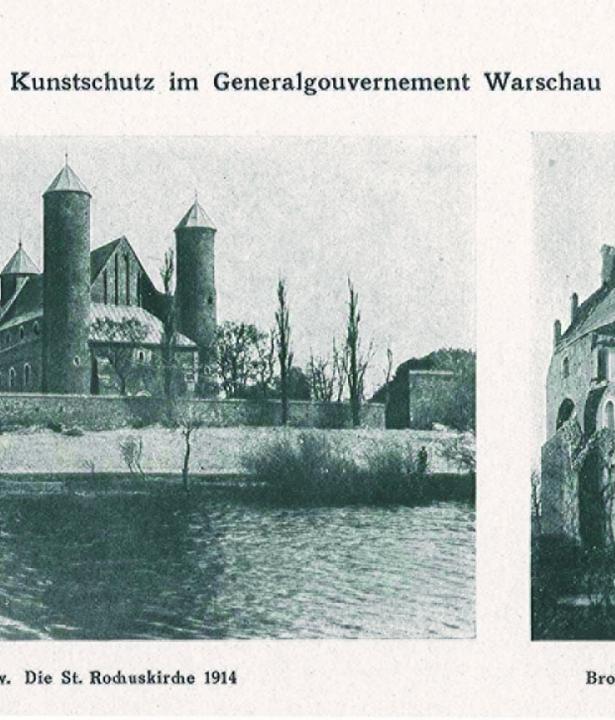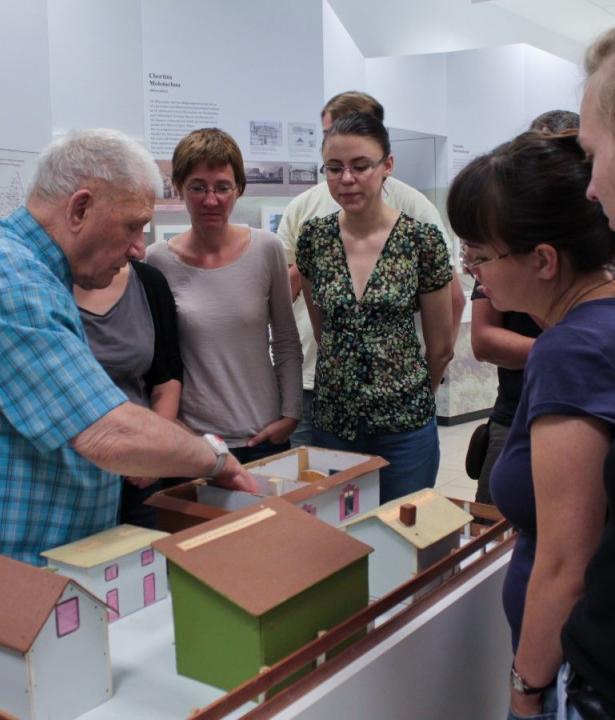Within the framework of two projects funded by the Federal Commissioner for Culture and the Media (BKM), the Herder Institute for Historical Research on Eastern Central Europe – Institute of the Leibniz Association established the topic-based research portal “Copernico. History and Cultural Heritage in Eastern Europe”.
Text
During its initial phase, the project partners have been primarily institutions funded by the Federal Government Commissioner for Culture and the Media (BKM) according to §96 BVFG, which deal with the history and culture of the German-speaking communities in Eastern Europe. In 2021, the network has been successively expanded to include other scientific and cultural heritage institutions.
The Copernico portal raises public awareness of scientific research, infrastructural services, and cultural heritage preservation and dissemination. It communicates scientifically-based information in an attractive format and shows how fascinating and relevant scientific findings about Eastern Europe and its cultural heritage are. Aspects of German history are viewed from multiple perspectives and integrated into regional contexts.
The "Research" module enables users to search in a structured way for relevant institutions and the projects, collection holdings, exhibitions, publication series, online resources, event series and funding programs of the various portal partners. The "Topics" magazine offers articles on selected key topics and presents both introductory content for interested newcomers as well as thematically in-depth formats. It also includes multimedia content such as interviews and web-documentaries.
Technical basis: interoperability and sustainability
The portal deliberately does away with the separation of low-threshold knowledge transfer and the scientifically-based data model and places a special focus on technical interoperability and sustainability. The contributions for the topic and research module are recorded in the digiCULT.web software of digiCULT-Verbund eG, which is based on the basic classes of the CIDOC Conceptual Reference Model and is interoperable with the XML data format LIDO established in the cultural heritage sector. All content is linked to a custom-built multilingual polyhierarchical thesaurus (managed in digiCULT.xTree) that drives the portal's faceted search. In addition, the portal makes use of supplementary databases (thesaurus of places, database of persons and institutions). Established tools and methods from the fields of user experience and user research have also been used since the conception phase.
Networking and training
Already in the course of the portal development projects, partner and networking meetings took place, followed by internal training formats and workshops. Part of the internal networking strategy is also improved coordination in specific work areas: One sub-project, for example, examined the indexing and documentation practices of the eleven participating museums until the beginning of 2020 and developed a metadata field catalog that can be connected to all museums.
Externe Links
External Image

External Image
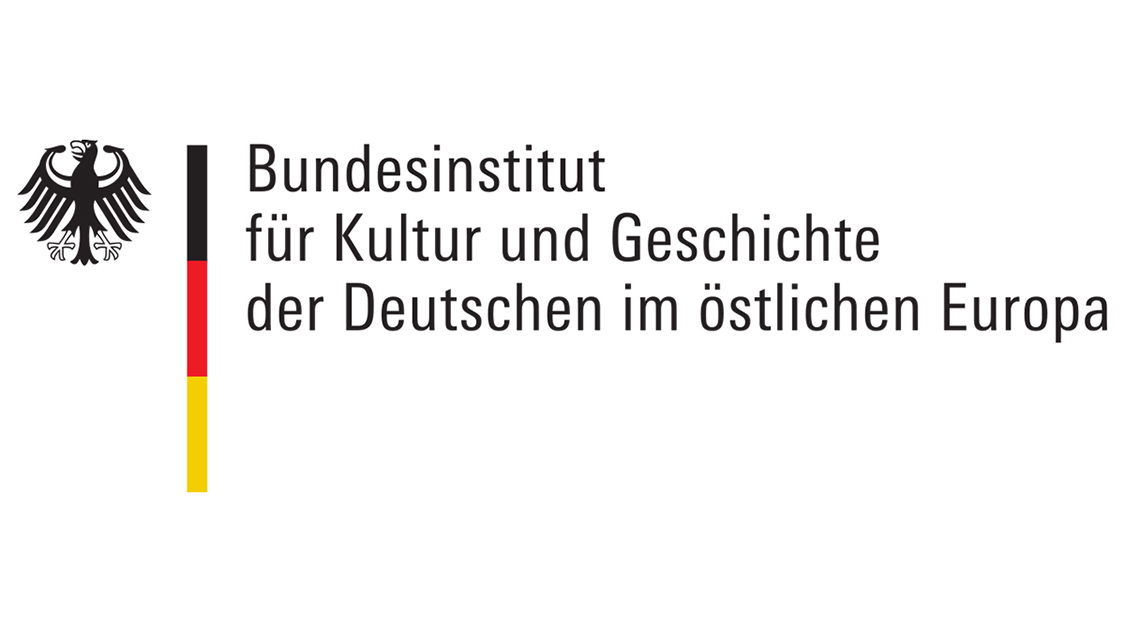
External Image

External Image

External Image
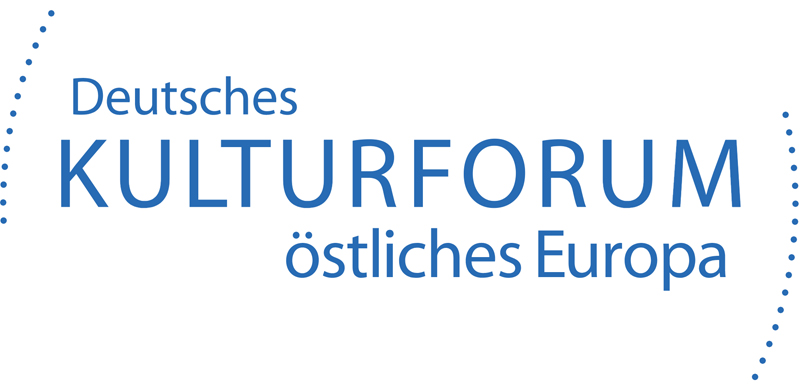
External Image

External Image

External Image

External Image

External Image

External Image

External Image

External Image

External Image

External Image

External Image

External Image

External Image

External Image

External Image
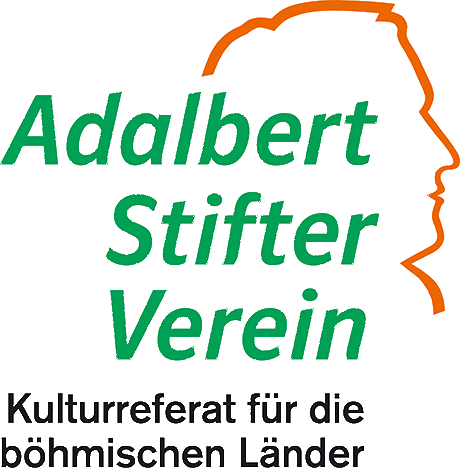
External Image

External Image

External Image

External Image

External Image

External Image

External Image

External Image





